Affiliate links on Android Authority may earn us a commission. Learn more.
What you need to know about Sony's LDAC
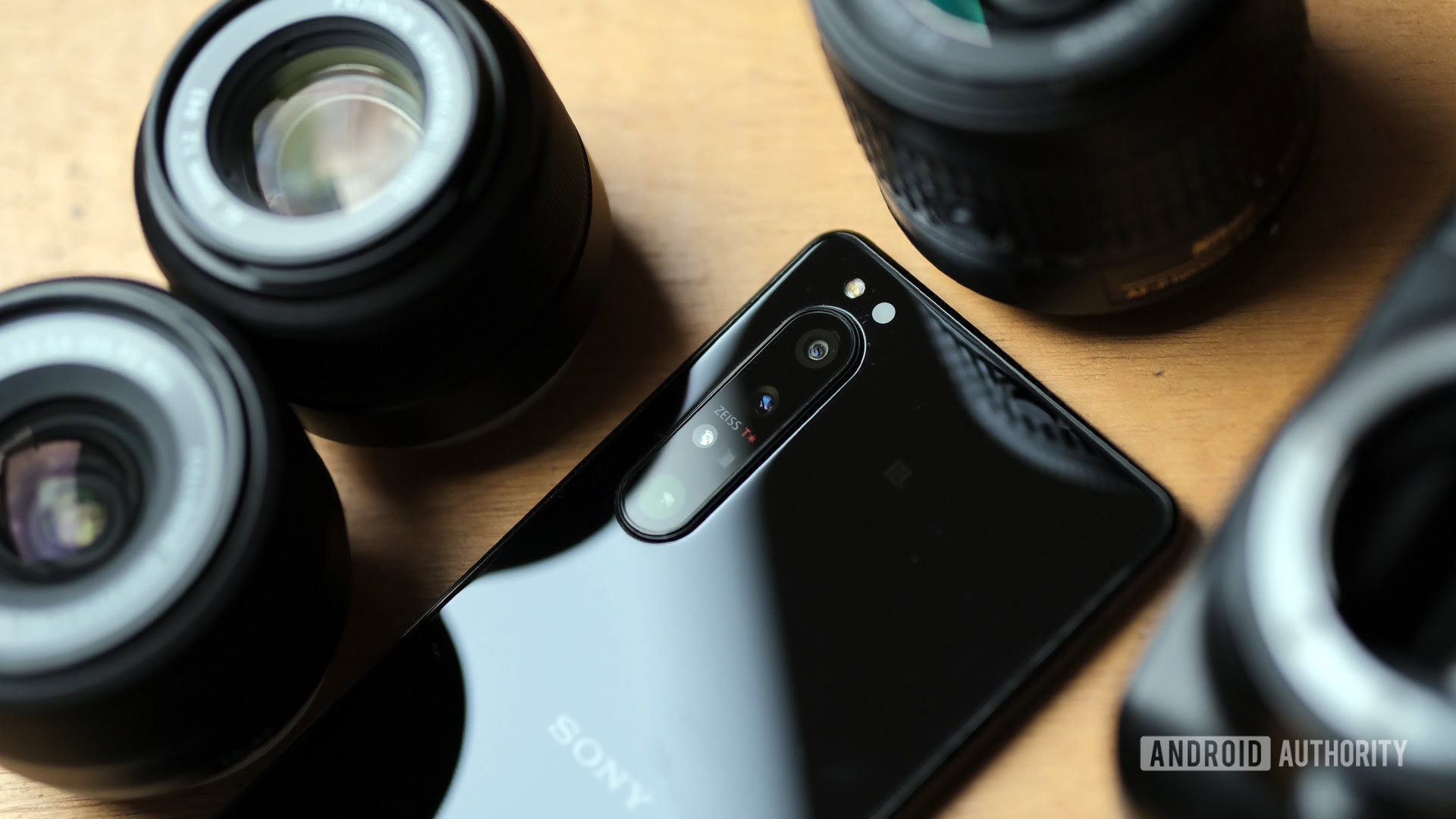
We’ve been talking a fair bit about Bluetooth audio lately, mostly because consumers and high-end audio companies are making more noise about it than ever before. Be it wireless headsets, hands-free earpieces, automotive, or the connected home, there’s a growing number of use cases for good quality Bluetooth audio. Fortunately, a number of companies have us covered with solutions that exceed the so-so performance of out-of-the-box Bluetooth solutions.
Qualcomm’s aptX already has a ton of Android phones covered, but multimedia-giant Sony has its own high-end Bluetooth codec called LDAC. This technology had previously only been available on Sony’s Xperia range of handsets, but it’s now a part of the core AOSP code. That means it’s available on all Android handsets, no matter the manufacturer. With that in mind, here’s everything that you need to know about Sony’s LDAC Bluetooth codec.
Does LDAC provide higher-quality Bluetooth audio?
At the most basic level, LDAC supports the transfer of 24-bit, 96 kHz (Hi-Res) audio files over the air via Bluetooth. The closest competing codec is Qualcomm’s aptX HD, which supports 24-bit, 48 kHz audio data.
What’s interesting about LDAC is that it comes with three different types of connection modes – quality priority, normal, and connection priority. Each of these offers a different bitrate, weighing in at 990, 660, and 330 kbps respectively. So, depending on the type of connection available or the option you pick, there are varying levels of quality. It’s clear that the slower bitrates aren’t going to give the full 24-bit, 96 kHz quality that LDAC boasts though, so keep that in mind.
LDAC supports the transfer of 24-bit, 96 kHz (Hi-Res) audio files over the air via Bluetooth, with three quality settings to choose from.
Comparing bitrates is a questionable science, but it does give us a good idea about how much audio data each codec sends per second. Standard low-complexity subband codec (SBC) clocks in at a maximum of 328 kbps, Qualcomm’s aptX at 352 kbps, and aptX HD is 576 kbps. On paper then, 990 kbps LDAC transmits a lot more data than any other Bluetooth codec out there. And even the low end connection priority setting competes with SBC and aptX, which will cater to those who stream music.
Jargon Buster:
Sample rate (Hz): the number of points of data per second in an audio file. You need two samples to accurately capture any frequency, so audio is sampled at least twice the limits of human hearing (approximately 20 kHz). Higher-resolution file formats tend to be exported at 96 kHz or greater.
Bit-depth (-bit): the number of bits saved for each audio sample. A higher bit depth records a signal more accurately. CD-quality is 16-bits, but high-resolution files extend this to 24-bits.
Bit-rate (kbps): usually measured in kbps or mbps. This is the amount of audio data transferred per second over Bluetooth. For uncompressed files, this is calculated by multiplying the sample rate by the bit-depth.
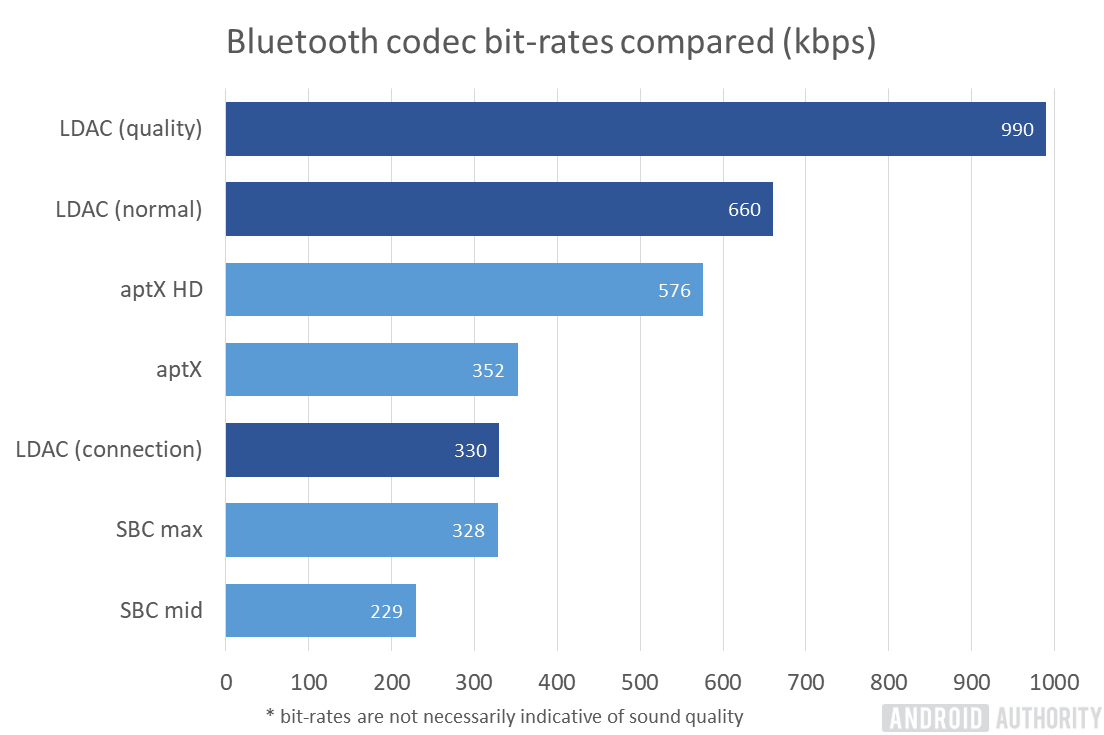
However, it’s impossible to say exactly how good LDAC is based on this data alone. Sony is keeping its LDAC secret sauce closely under wraps, but to properly put these numbers into context we need to know how the technology works on a lower level. So far, we can only say that, at its best, LDAC transmits a lot more data than other Bluetooth codecs.
Increasing the transfer rate
Unfortunately, Sony hasn’t published much in the way of in-depth materials on how LDAC works. But scouring some older Japanese sources has yielded some details about what Sony is aiming to accomplish with LDAC, at least at its highest bit depth.
There are two major parts to Sony’s LDAC. The first is achieving a high enough Bluetooth transfer speed to reach 990 kbps, and the second is squeezing high-resolution audio data into this bandwidth with a minimal loss in quality.
LDAC makes use of Bluetooth's optional Enhanced Data Rate (EDR) technology to boost data speeds outside of the usual A2DP profile limits. But this is hardware dependant.
The first stage is accomplished by using Bluetooth’s in-house Enhanced Data Rate (EDR) option, which was introduced all the way back with Bluetooth 2.0 to increase maximum speeds. EDR speeds are not usually used by A2DP audio profiles, but the spec is rated up to 3 Mbps. Although in reality, 1.4 Mbps is mostly achievable, with 1 Mbps being considered the minimum stable connection. Hence why Sony’s LDAC sits just under this threshold at 990 kbps.
I should point out that EDR is an optional part of Bluetooth devices, as the focus has been on decreasing power consumption for the most part. So not every chip, and therefore not every phone, will necessarily support Sony’s LDAC at the highest quality setting. Bluetooth 5 supports 2 Mbps low energy speeds out of the box, and is also backward compatible with EDR versions of Bluetooth, but again this higher speed is optional.
What’s the difference between LDAC, SBC, and aptX?
Now for LDAC’s compression technology, which appears to be an intelligent combination of lossless and lossy techniques to maximize sound quality at 990 kbps. And it’s all to do with varying the bit-depth at different frequencies, which preserves significantly more data than psycho-acoustic compression algorithms, such as those used by MP3.
Those who are familiar with the human auditory system will be aware that hearing sensitivity begins to quickly fall off after 16 kHz, meaning that a lot of the data transferred in a 96 kHz file (48 kHz of audible data per Nyquist Theory) is incredibly difficult, if not impossible to hear. Furthermore, we also know that 24-bits of data is more than can be physically reproduced by the best audio hardware, so these large files are carting around tons of extra data we simply can’t hear.
Sony’s LDAC doesn’t go so far as to just chop out these very high frequencies, but it does reduce their bit-depth at the quantization stage. In other words, there’s more noise present at very high frequencies, but that’s not a problem once we take into account the limitations of human hearing and the fact that we don’t need anywhere near like as much detail at these very high frequencies.
Normal PCM files have a set bit-rate across all frequencies. But files can be compressed by reducing the bit-depth at higher frequencies, with minimal impact on audio quality.
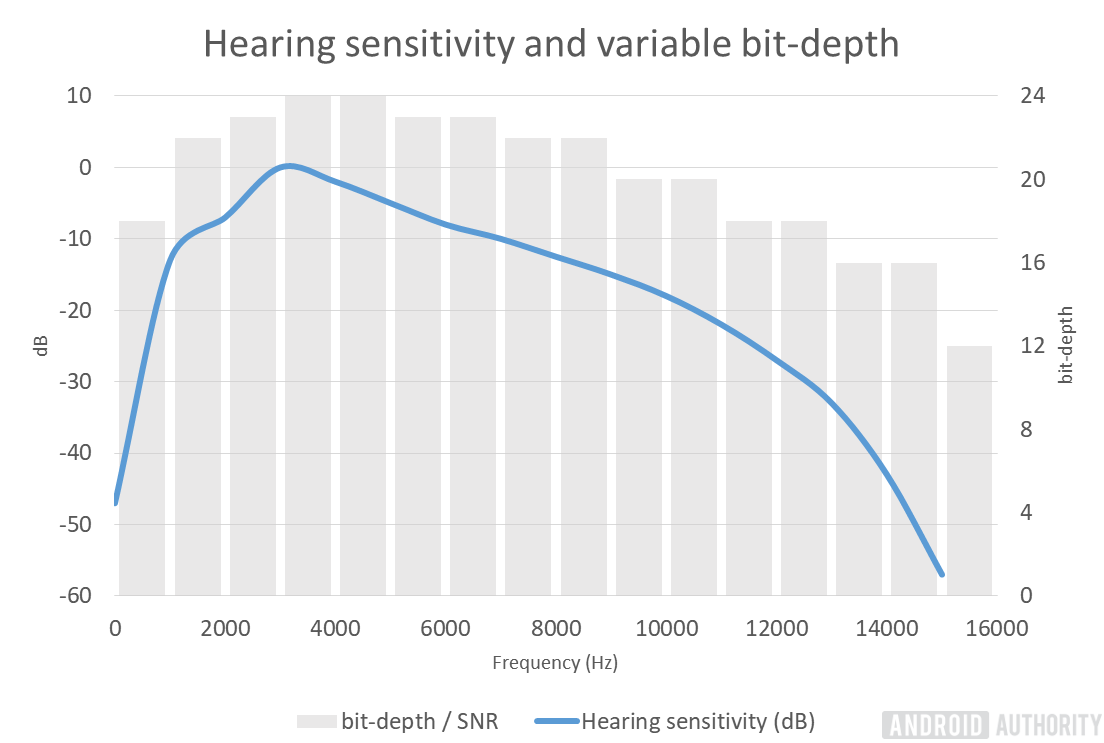
How does Sony go about doing this? Well, this translation from the article mentioned above is quite revealing – “LDAC does not divide the subband (partial band) but goes directly to frequency conversion”. So, LDAC appears to be using a somewhat similar technique to Qualcomm’s aptX and even the standard SBC, where the original PCM audio file is split up into multiple frequency bands each with different bit-depths. Again, the higher frequencies use smaller bit depth and therefore suffer from more noise, so technically this is somewhat lossy. However, this is a worthwhile data saving as it doesn’t affect listening quality nearly as much as culling data using psychoacoustic techniques.
Sub-band coding is used in a variety of codecs, including SBC, MP3, AAC, aptX, and LDAC. Many codecs use this for psychoacoustic masking, but aptX and LDAC only adjust the bit-depth in line with hearing sensitivity.
There are some notable differences between LDAC and aptX though. While aptX has just four sub-bands, LDAC appears to max out at 16, according to the AOSP library’s header file. This has the benefit of adding in extra steps and therefore smoothing out the noise transition between each band. What isn’t clear is whether LDAC is using a differential transmission to save on data size though, as Qualcomm does.
Some quick math suggests that you could fit in an average of just over 5 bits at 96 kHz into a 990 kbps data stream, without any additional compression. Clearly, that’s a long way off from sending a full Hi-Res file, but remember that LDAC reserves the bulk of the bits for the audible frequency range.
Jargon Buster:
Bit-depth & noise: As we know that a higher bit-depth allows us to more accurately record audio data, the other side of the coin means that a lower bit-depth reduces accuracy. Put another way, a lack of accuracy introduces more random noise into the signal.
Split-band encoding: While audio data is normally encoded in the time domain, processing data in the frequency domain makes it possible to quickly filter a signal by its frequency. Using a series of overlapping filters, it’s possible to split a signal into multiple parts, process it, and recombine it later.
Huffman encoding: Used in a range of data compression tasks, Huffman encoding shrinks data sizes by assigning the smallest code to the most commonly used data and larger code to uncommon data.
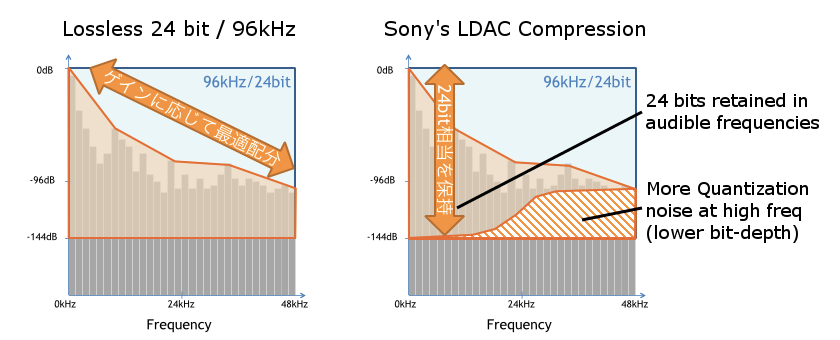
A trawl through the AOSP libldac library also suggests that Sony’s codec is using some form of lossless Huffman coding in conjunction with re-quantization to slim down file sizes. This means that additional lossless compression is used to trim the file down further, in a similar vein to FLAC and even part of the MP3’s encoding pipeline. This is likely also what’s helping to shrink down Sony’s transmission size further.
Now, one of the benefits of this type of encoding is that smaller file sizes can be passed with even less compression. Sony also says that LDAC optimizes its sub-bands dynamically based on the source material, so presumably, the codec can identify file types and quality ahead of time to optimize its packet size and bit-depth accordingly. So a 44kHz CD quality track, for example, can be split into the same number of bands but be sent with a larger bit-depth over its smaller frequency range. The LDAC library actually specifies that 44.1 kHz and 88.2 kHz files are sent at 909 kbps max, while 48 and 96 kHz tracks use the full 990 kbps, so it’s clearly content-aware.
Based on that and the graphic above, it appears that a 16-bit, 44.1 kHz CD-quality file would pass through the codec unaltered, as the available bit-depth more than exceeds the required 16-bits. This is also backed up by Sony’s marketing material claims, which show that the output of its compression provides “the same as CD quality”.
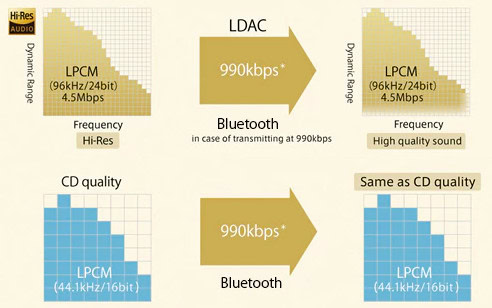
Unlike aptX, LDAC is variable bitrate. So quality will vary based on the Bluetooth connection and hardware, just like SBC often does.
Another difference between Sony and Qualcomm’s technology is that while aptX is a constant bandwidth codec, LDAC is variable and works at a variety of bitrates, depending on the available hardware, connection speed, and connection strength. So as Sony’s bit depth decreases, the amount of compression and noise increases, whereas aptX is set to always work at the same constant bitrate. While Sony’s option is more flexible, it will add some workload to the encoding and decoding stage and makes it a little harder for consumers to know exactly what they’re getting at all times.
LDAC uses the same sub-band techniques at its 300 and 600 kbps settings. However, Sony is simply able to change the quantization stage to reduce the bit-depth of its different frequency bands further. The company’s 300 kbps setting will certainly send files at lower than CD quality. That said, even at low bitrates, there’s no major hacking up of the signal, simply the introduction of extra low-level noise.

There’s also another interesting Sony technology that’s worth mentioning, especially as we’re talking about high-frequency content. Sony’s audio products now come with its DSEE HX upscaling technology built-in, and it’s even included in some of the company’s wireless headphones and speakers.
Sony’s DSEE HX is a signal processing technology that attempts to restore lossy files, like an MP3 or a Bluetooth data stream, to reproduce high-resolution content that’s been lost during compression. There’s some software trickery going on based on data collected from real-world audio samples, but it’s obviously impossible to completely accurately reproduce lost data. Still, remember that even though LDAC is lossy it still retains some high-frequency data, albeit at lower detail. But using this extra data that isn’t available in more heavily compressed file types should empower Sony’s DSEE HX upscaler to achieve even better results than when using an MP3, etc. So it might be something to consider when picking out any LDAC products.
Sony’s engineers claim they can’t detect a difference between Hi-Res audio files and LDAC + DSEE HX upsampling. But obviously, we’ll have to check that for ourselves.
Do all Android devices have LDAC support?
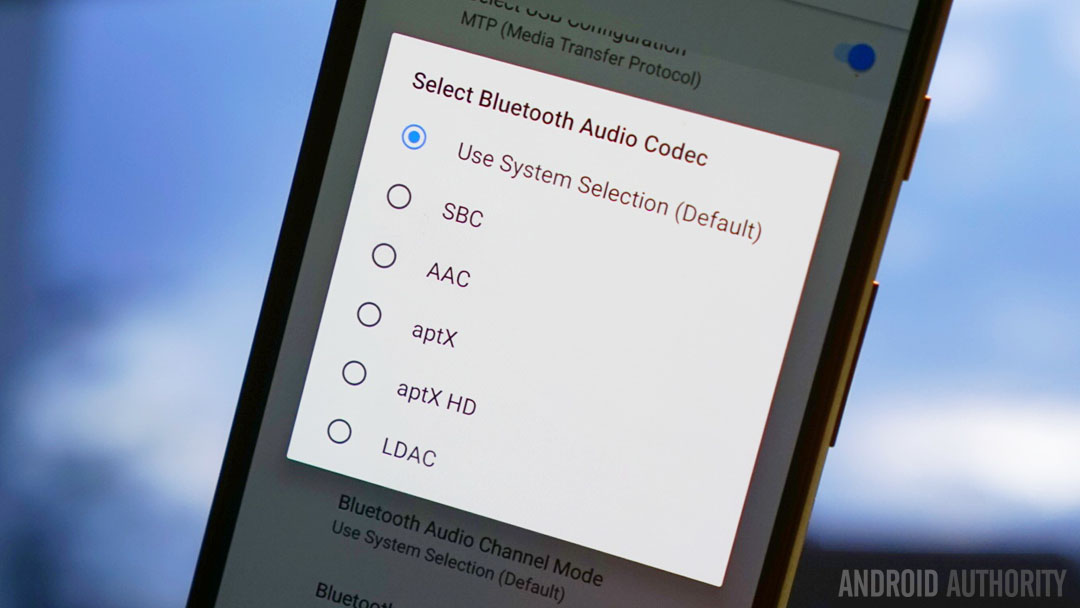
One of the interesting discoveries with the unveiling of Android Oreo in 2017 was how much input Sony had in helping improve stock Android, along with a number of other OEMs. The company contributed some 250 bug fixes and 30 new features, one of which is its LDAC. Google confirmed LDAC is now part of the Android AOSP base code, which means that it’s free for all OEMs to integrate into their smartphones if they wish.
Third-party hardware manufacturers require an LDAC license, and even those looking to use Sony's AOSP code need to pass certification.
The only detail we’re not sure of if is there’s a licensing cost that OEMs will have to sign up for, as there is with Qualcomm’s aptX, which is also supported in Android’s Bluetooth codec settings. From the support page, we can see that corporate users will need to contact Sony to license the technology, and phone and tablet manufacturers looking to the AOSP code are required to pass a certification process, but any costs involved are hidden. As of 2022, however, most major Android smartphones include support for LDAC.
Now of course, just like Qualcomm’s aptX, you’re going to need a set of LDAC-compatible headphones or speakers to connect your handset up to as well. Unfortunately, you won’t find most of the cheapest true wireless earbuds sporting LDAC. The technology is currently only found inside Sony’s own range of audio gear, although this does extend to its home cinema range, Walkman products, and speakers, as well as the company’s wireless headphones.
For Sony, the offer to support LDAC as part of Android makes a lot of business sense. If more customers become familiar with its codec across a wider range of phones, then they’re more likely to consider buying LDAC-compatible audio products.
Should your Bluetooth audio gear have LDAC support?
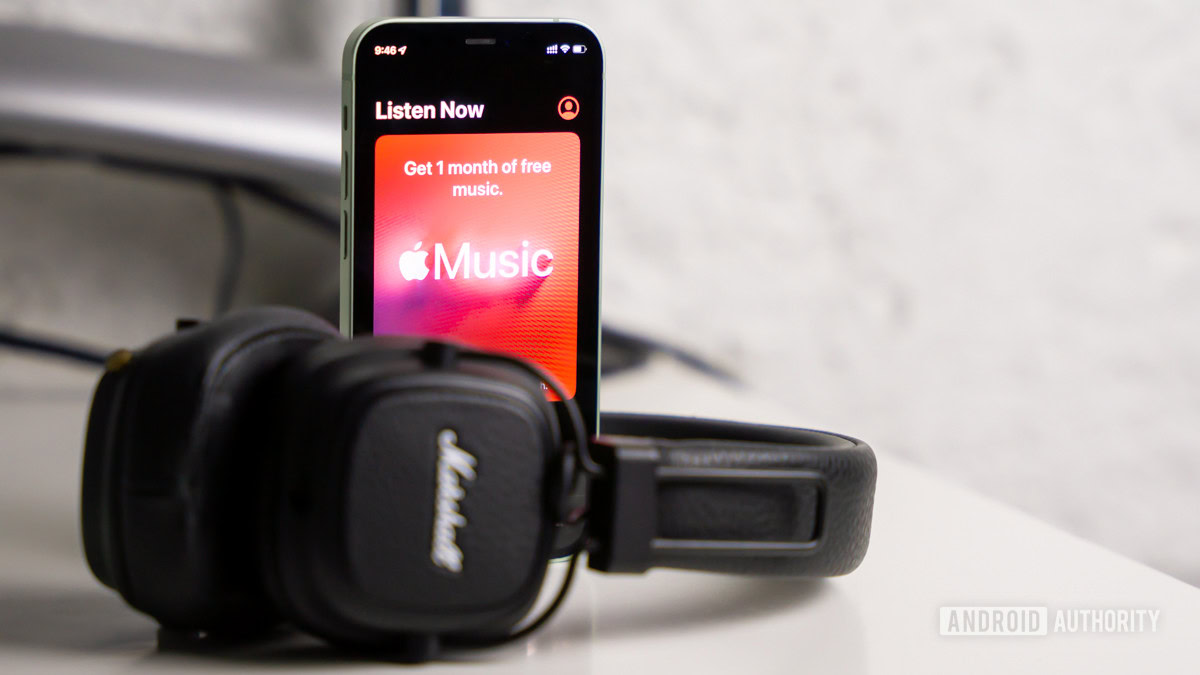
As always with these audio articles, I like to end by putting all of this into perspective in terms of your music collection and hardware. As always, LDAC is not a cure to instantly boost audio quality, as much of the final result ultimately depends on your source material and the quality of your headphones or speakers.
LDAC isn’t going to make a huge difference when streaming music from so-so quality services such as Spotify or Pandora, and it can’t suddenly make a sub-$99 headset sound like a more expensive piece of kit. As with aptX, it does offer better connection quality than SBC regardless of what you’re listening to. LDAC goes further by catering to a range of listeners with its variable bitrates, ranging from those listening to FLAC and TIDAL to those who prefer the convenience of free lossy streaming services.
Sony’s LDAC is an incredibly powerful Bluetooth codec and one that will certainly help to please those who are picky about their audio quality. And if you’re in the market for the best true wireless earbuds, a growing number of them now feature LDAC support.
No, most newer Android devices support LDAC and there are a few non-Sony audio products out there with support for the codec.
At its best, LDAC streams at a higher bitrate than aptX. In fact, it’s closer to the more premium aptX HD codec. However, it suffers from worse latency.
LDAC is a high-end codec that improves audio quality over Bluetooth.